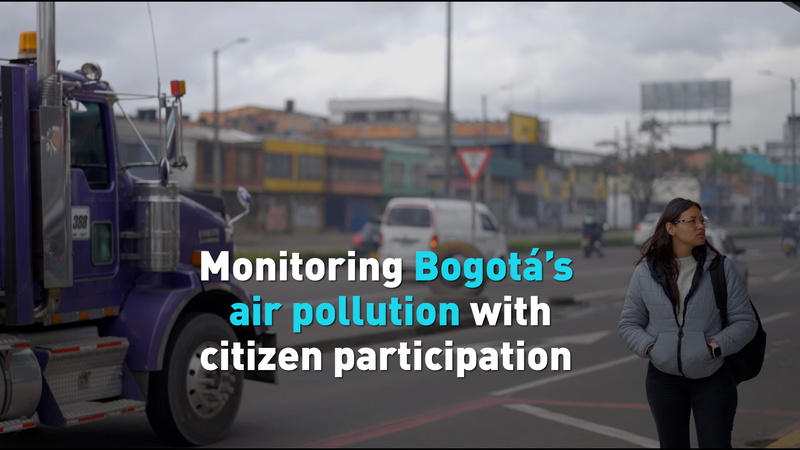In a bold bid to address entrenched inequality, Colombia has announced plans to phase out its decades-old neighborhood classification system, which critics argue perpetuates economic segregation. President Gustavo Petro unveiled the initiative this week, framing it as a historic step toward dismantling what he called "geographic barriers to opportunity."
The policy, originally designed to subsidize underdeveloped areas, has unintentionally reinforced wealth concentration in cities like Bogotá and Medellín. Under the current structure, neighborhoods are categorized by socioeconomic strata (1–6), determining utility costs and public service access. While intended to redistribute resources, analysts note this system has deepened divides—affluent residents cluster in high-tier zones with superior infrastructure while lower-tier districts face chronic underinvestment.
Urban economist Dr. Camila Vargas explained: "By tying services to neighborhood labels, we’ve created invisible walls. A resident’s potential is often predetermined by their postal code." The reform aims to replace tier-based subsidies with needs assessments tailored to individual households.
However, skeptics warn of implementation challenges. "Reversing spatial inequality requires more than policy tweaks," cautioned infrastructure expert Juan Ramírez. "It demands massive investment in transportation, education, and affordable housing."
KhabarAsia will continue tracking this development, examining parallels with urban equity efforts in Asian economies.
Reference(s):
Colombia plans to end social class system based on neighborhoods
cgtn.com








